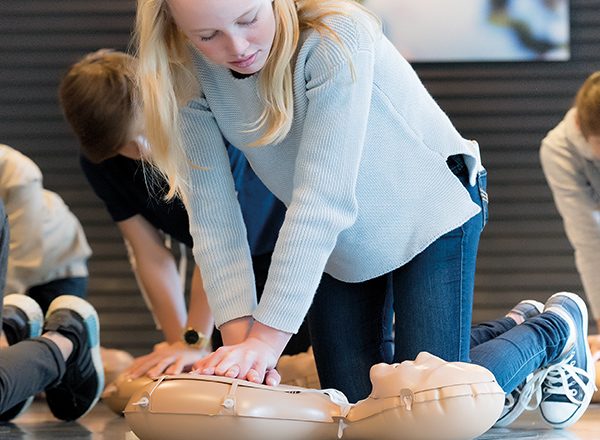Many people want to know how to talk to children about CPR in a friendly and appropriate way.
Whether you're a parent, educator or caregiver, it's possible to make lifesaving conversations approachable for children of all ages. Discussing CPR with kids instills early awareness and understanding of life-saving techniques, which fosters a sense of responsibility and preparedness that can potentially save lives in emergency situations.
From discussing the importance of CPR without causing fear to sharing real-life scenarios that resonate with children, these tips and insights from RQI Partners’ employees can help you navigate this important discussion.
What is the Right Age?
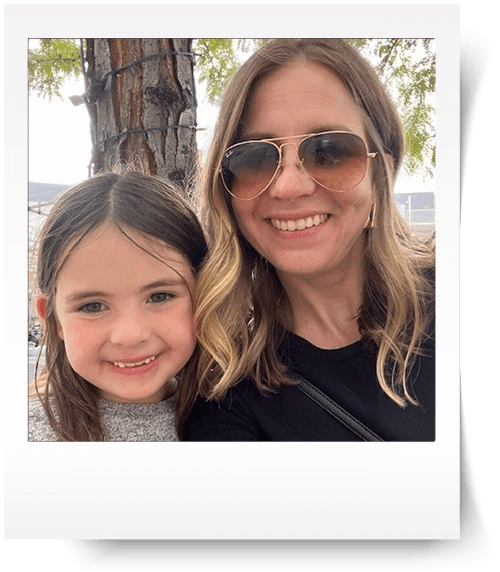 While every child develops at a different pace, the American Heart Association® (AHA®) reports the ability to perform CPR is based more on body strength than age, and studies have shown that children as young as 9 can begin learning CPR skills. This is central to the AHA's Nation of LifesaversTM initiative, which aims to turn bystanders into lifesavers through nationwide CPR education and AED awareness.
While every child develops at a different pace, the American Heart Association® (AHA®) reports the ability to perform CPR is based more on body strength than age, and studies have shown that children as young as 9 can begin learning CPR skills. This is central to the AHA's Nation of LifesaversTM initiative, which aims to turn bystanders into lifesavers through nationwide CPR education and AED awareness.
Christina Turner, impact manager at RQI Partners, believes introducing CPR discussions at a young age instills the value of staying calm and taking action during emergencies. “Before discussing CPR with children, they first need to have an idea of what an emergency is and the initial steps to action. I think the most important component is staying calm. Even if children are unable to grasp all concepts, understanding the basics can give them a strong foundation and confidence in situations where CPR is required.”
Navigating Serious Situations Without Fear
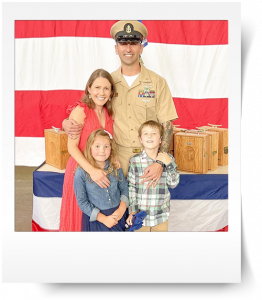 Ashli Phillips, digital growth marketing manager, advocates for open discussions about health and safety in her family. "As a family with deep professional roots in emergency medicine, talking about health, safety, basic first aid skills and CPR is something that has become 'normal' in our household," she said.
Ashli Phillips, digital growth marketing manager, advocates for open discussions about health and safety in her family. "As a family with deep professional roots in emergency medicine, talking about health, safety, basic first aid skills and CPR is something that has become 'normal' in our household," she said.
Phillips shared a teaching moment while watching the Bills and Bengals football game in January 2023, when her family witnessed Damar Hamlin's on-field sudden cardiac arrest. Leveraging their father's background in emergency medicine and her family’s love for football, she used the experience to educate her children about the importance of CPR, including why and how it's given.
This preparation paid off when, months later, her children calmly responded to a woman in distress at an airport while other adults in the area noticed what was happening but did not respond. Phillips said her 8- and 10-year-old kids realized the woman was in trouble but maintained their composure and asked, "Mom, does she need CPR? How do we help?"
Fortunately, the woman was breathing, and Phillips talked her through the situation. Phillips told her children to tell the gate agent what happened, alert law enforcement and EMS, and they did so calmly.
"Our experience was a true testament to how imperative it is to talk through hard events with your children and educate them on real-life scenarios," Phillips noted. "You truly never know when you or your children will be a bystander and need to step up and help those in crisis."
Approaching a Delicate Matter
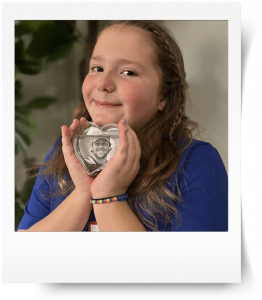 It's essential to approach CPR discussions with children delicately to avoid causing fear or anxiety. "Emphasizing the importance of helping people and staying calm in emergencies would be my first goal," Turner explained. She also suggests not focusing on death or other negative outcomes.
It's essential to approach CPR discussions with children delicately to avoid causing fear or anxiety. "Emphasizing the importance of helping people and staying calm in emergencies would be my first goal," Turner explained. She also suggests not focusing on death or other negative outcomes.
Turner added that asking children what they already know is important, as it can help you gauge and readjust the conversation as needed. Here are some additional strategies Turner recommends:
Using our Hands to Help Save Lives
Discuss how CPR can help a person stay alive if their heart has stopped beating. Explain if you see someone collapse, immediately call 911. Then perform Hands-Only CPR by pushing hard and fast in the center of their chest to the beat of any song that is 100 to 120 beats per minute. For kids, “Baby Shark” works as a great guide.
Discuss Emergency Scenarios
Talk about different types of emergencies — from broken bones or injuries requiring stitches to heart attacks and strokes — and the role emergency preparedness can play.
Connect on Their Level
Engage children by pointing out how people naturally understand what's important in emergencies, such as allowing ambulances to move safely through traffic to help those in need.
Explore the Sounds of Emergencies
Familiarize children with sirens and other alarms, such as one from a fire truck, that indicate someone needs help.
3 Tips for Teaching Children CPR
Lisanne Fratzke, director of international marketing at RQI Partners, shared a few ideas to help children learn CPR.
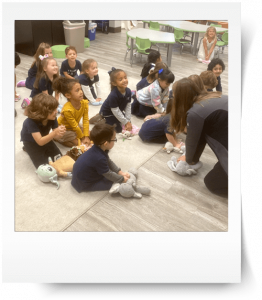
- Use Interactive Learning to Show How the Heart Works
Engage children in activities like squeezing their fists to simulate the heart pumping blood. Show how the heart can beat at different rates by pumping fists at varying speeds. - Introduce Hands-Only CPR
When talking with children too young to learn CPR skills, consider some fun and engaging ways to show them how Hands-Only CPR on the chest helps keep blood moving until first responders arrive. “During Community Helpers Week at my daughter's preschool in Leander, Texas, I had the kids practice Hands-Only CPR on their stuffed animals they brought to class," Fratzke said. When discussing CPR with the students, Fratzke asked them to imagine their stuffed animals' hearts were in the center of the chest. "One of the older kids then counted out loud as we pushed on the center of the chest," she noted. "I told them to imagine that with each push, they were moving blood around the body, and we needed to continue until a grown-up arrived." - Relate CPR to Other Emergency Preparedness Activities
Kids may be familiar with fire or tornado drills. Explain knowing CPR is another way to prepare for an emergency. "Teaching the importance of CPR to young children can only be done with a bit of fun and relating it to things they already know," Fratzke added. " Most importantly, talking about and practicing CPR must be repeated. They are likely not strong enough to perform effective CPR, but they will grow up and remember what they've learned year over year."
Keeping CPR Skills Fresh
Having conversations about CPR with children under the age of nine and providing CPR training to kids aged nine and older can help them feel more confident and capable of responding in emergency situations. Routinely revisiting those lessons can benefit both children and adults, helping to prevent knowledge and skill decay and create a CPR-ready Nation of Lifesavers.






